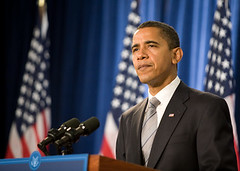The U.S. Department of Transportation today awarded the United We Ride/Mobility for All Americans joint demonstration grants to the following recipients:
1. Lower Savannah Council of Governments – $680,000 grant to provide enhanced, cost-effective transportation choices for older adults, people with disabilities and low-income populations in Aiken, SC. The Lower Savannah Council of Governments is using the funding for planning and designing an expanded human service transportation network to include more human service transportation providers and vehicle tracking abilities such as global positioning systems (GPS) and to enable customers to receive information and manage their own trips through a toll-free number and web-based applications.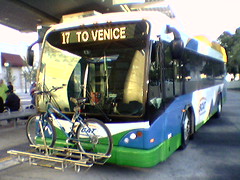
2. Camden County Workforce Investment Board – $700,000 grant to provide enhanced, cost-effective transportation choices for older adults, people with disabilities and low-income populations in Camden County, NJ. The Camden County Workforce Investment Board is using the funding for planning and designing a transportation brokerage system supported by a comprehensive set of transportation modes, and for promoting fixed-route public transportation usage for human service clients through accessibility improvement.
3. Paducah Area Transit System – $1.4 million grant to provide enhanced, cost-effective transportation choices for older adults, people with disabilities and low-income populations in Paducah, KY. The Paducah Area Transit System is using the funding for the expansion of an existing call center to cover a larger geographic area and provide around-the-clock access to traveler support. The strengthened call center will add customer-oriented features, such as automated telephone and Internet-based trip reservations and management.
The United We Ride/Mobility for All Americans joint demonstration adopts a two-phased approach. Eight sites were selected to in 2007 participate in Phase 1, which is system planning and design. These three Phase 1 sites are selected to move forward to system deployment, the second phase of the program.
Funding for the demonstration is provided by the Intelligent Transportation System Joint Program Office of the Research and Innovative Technology Administration in Partnership with the Federal Transit Administration
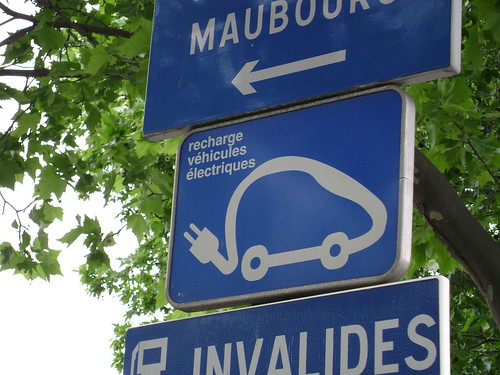



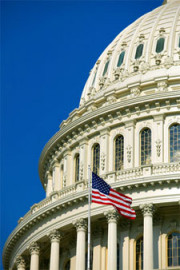

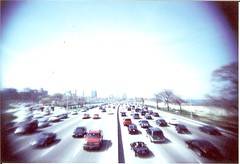
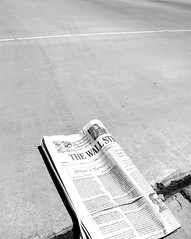 President Obama and Vice President Biden spoke with Transportation Secretary Ray LaHood Tuesday at Transportation Department headquarters, where they announced the first batch of stimulus funds getting distributed. In an interview with The Wall Street Journal, Mr. LaHood talked about spending stimulus money wisely, his opposition to an increase in the gasoline tax, new fuel emission standards and more. Below are edited excerpts from the interview.
President Obama and Vice President Biden spoke with Transportation Secretary Ray LaHood Tuesday at Transportation Department headquarters, where they announced the first batch of stimulus funds getting distributed. In an interview with The Wall Street Journal, Mr. LaHood talked about spending stimulus money wisely, his opposition to an increase in the gasoline tax, new fuel emission standards and more. Below are edited excerpts from the interview.
